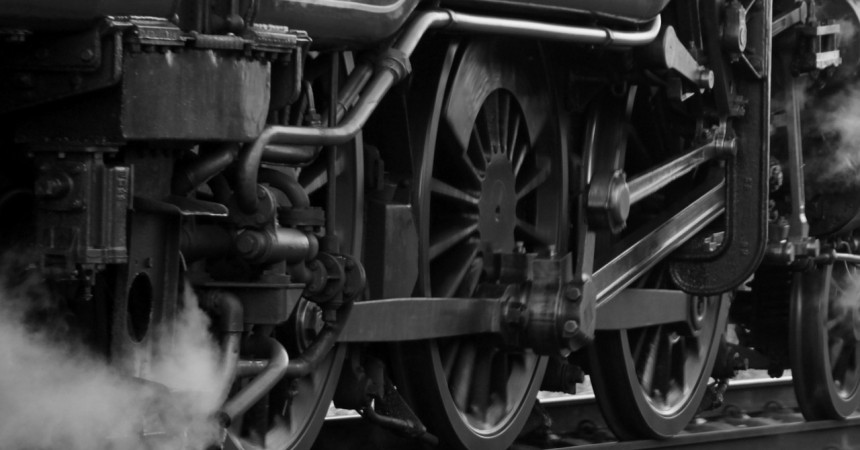Time to talk variation: on a slow train home
I happened upon a very slow train ride home tonight and it got me thinking about variation.
My first train had technical faults beyond the capability of anyone to fix (it seemed) the train was cancelled. This does not happen often so we can attribute this to special cause variation. The train company need to find the problem and fix it. Time for focused root cause analysis to find and fix the problem.
My second train was delayed, by 15 mins (it was a big deal on a wet platform). The reason given for the delay was wet rails. Now I know it rains a lot here so can we call this special cause – no. This is common cause variation, it could happen at any time and there is nothing we can do to stop the rain. Common cause variation is to be expected. So we need to gather the data and understand how often the train is late. My handy train app informed me the trains on that route were 13mins late all day. This is incredible, especially when I then found train number 3 also delayed, wet rails are a BIG problem.
What does all this mean? Should I take a different form of transport? Based on special cause no, it is a freak occurrence, a one off I will again take that train. For train 2 and 3 though they were effected by common cause variation so I need to take this into account when I travel again, especially over winter when I suspect we will have a lot of rain.
What then does this mean for our processes? If we react to common cause variation we will almost certainly make matters worse because this is tampering. If we react to common cause as though something special is happening then we become part of the problem. Deming describes this very well in his funnel experiment, by reacting to common cause as though it is a special cause we introduce chaos, the process will swing from one extreme to another and give us more out of control points. If this was my process, firstly I would find and fix special cause. Second I would plot the data on a control chart to see if there really is a need to improve the process.
There is certainly food for thought for UK train companies.
Share:

